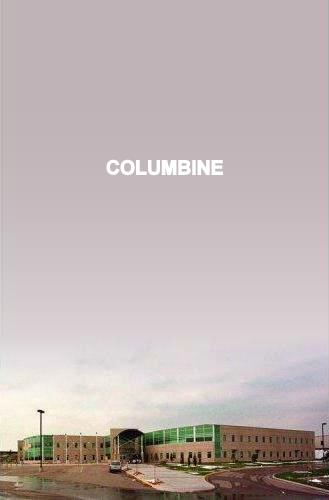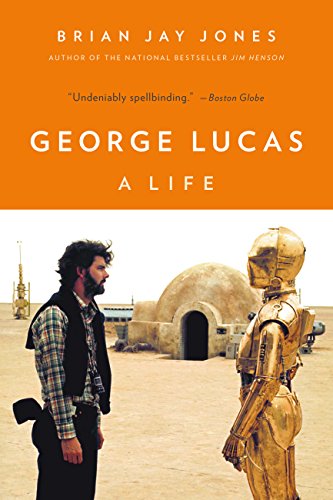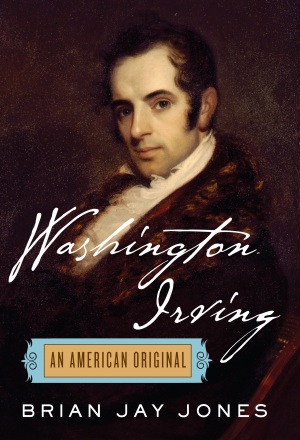 On April 20, 1999—the day all hell broke loose at Columbine High School near Littleton, Colorado—I was working as an assistant state education chief in Arizona. We had a close relationship with our counterparts in Colorado, and as the Columbine story was breaking on national television, we were on the phone with officials in Denver, asking what they knew. Their answer was always the same. “Not much,” they kept telling us.
On April 20, 1999—the day all hell broke loose at Columbine High School near Littleton, Colorado—I was working as an assistant state education chief in Arizona. We had a close relationship with our counterparts in Colorado, and as the Columbine story was breaking on national television, we were on the phone with officials in Denver, asking what they knew. Their answer was always the same. “Not much,” they kept telling us.
Not much. That would remain the case most of the days and weeks to come. No one really knew much of anything—and the more information that came out, the more conflicting and unclear everything became. Eventually, we all came to understand Columbine through snippets reported in the media—and by putting together all the little stories, we came up with one terrible story of epic proportions: Take two picked-on loner/losers—members of a “Trench Coat Mafia”—and agitate them with Goth culture, German speed metal, violent video games, and a fascination with Hitler. Throw in bad parenting and bullying and easy access to guns, and you’ve got the Molatov cocktail that eventually exploded in a high school shooting that left 12 students—including one brave girl who declared her faith in the Lord and died at point-blank range—and one teacher dead.
It all makes for a fascinating, tragic, terrifying, and sometimes uplifting story. The only problem is that not much of it is true. And that’s what makes Dave Cullen’s book Columbine so important.
Sorting through a decade of interviews, police reports, recorded 911 calls, psychiatric analyses, and tens of thousands of pages of assorted documents—many of which were intentionally buried by local authorities—Cullen puts together the definitive story of the what really happened at Columbine and, perhaps even more daring, tries to explain why it happened.
Prior assumptions are dashed almost immediately as we learn that killers Eric Harris and Dylan Kleibold were neither loners nor geeks nor members of the Trench Coat Mafia. They dated, had jobs, participated in student theater, went to football games, and got good grades. As far as Cullen can tell from the data and careful discussion with an incredibly competent FBI psychiatrist, Eric Harris, the mastermind behind the spree, was simply a psychopath with a superiority complex, incapable of true emotion but a master of mimicry, becoming whatever it was parents, police, teachers, or friends needed him to be—all while secretly declaring his hatred for the world and plotting for years his own version of Judgment Day. Dylan Klebold, meanwhile, was more introspective and empathetic (his journals contain more of the word love than hate), but silently spiraled into petty theft, poor grades, and depression, no longer caring whether he lived or died. Together, they made for a volatile combination.
That’s not to say the signs weren’t there—and what Cullen uncovers is both frightening and appalling. Parents had complained for years about Harris’s bullying and threats. Harris kept a very visible website on which he detailed his progress with bombmaking and ranting about murder. One police officer, in fact, had written a meticulously detailed request for a search warrant of Harris’s house more than a year before the shooting, but the paperwork was either bungled or ignored and never went before a judge. After the shooting, local officials huddled together and squashed the report and hid away police records. Most wouldn’t see light of day until 2005. Others were shredded or remain hidden.
There’s been some grumbling that Cullen doesn’t give every victim the same amount of page space, and that’s true—Cullen doesn’t give some any space at all. But I think Cullen makes the most of the stories he does focus on, giving stories of wasted potential, bravery under fire, teachers and administrators who put their students first, and anguished parents who sometimes can’t cope, whether they lost a child or not. Cullen chooses stories that are illustrative and compelling, and I don’t think the absence of anyone’s particular story made the tale any less tragic or forceful.
Cullen begins his book with a literal bang, starting with the shooting (and botched bombing) at the high school, then works backwards, alternating Eric and Dylan’s story with chapters on the some (though not all) of the victims, and the investigation. It might sound like a disjointed approach, but it works. Further, Cullen writes in a compelling manner—I’ve seen some reviews call his style novelistic, but it’s more magaziney, in the best sense of the word: easy to start, broken into easily managed installments, and always tough to put down. Cullen’s description of the shootings is as cold and impartial as it deserves to be—very little drama, reporting the events in a matter-of-fact manner, almost as if they were all caught on the unflinching tape of a security camera (as some of it was)—while his discussions of psychopathy and depression never get bogged down in terminology.
Perhaps his most unpopular job is debunking the Cassie Bernall story, in which Bernall was allegedly asked by one of the shooters “Do you believe in God?” and shot in the head when she answered in the affirmative. The conversation did occur, but it happened with Val Schnurr—who lived to tell the tale—and was attributed incorrectly to Cassie by an eyewitness. The story was debunked early, but Cassie Bernall was nevertheless embraced, martyred, and exploited by the religious community. It would be easy to either make fools of the religious community and their stubborn refusal to let go of the story (wouldn’t it have been just as powerful, Cullen rightly asks, to have an example of someone who had proclaimed their faith in the face of certain death and through God’s grace lived to deliver the message?) or to deferentially caveat the story, taking neither side. Cullen doesn’t do that. Instead, he relates the tale and the controversy respectfully but firmly, making clear what really happened, but respectfully refusing to condescend.
Cullen’s narrative is full of plenty of bad guys—including some in unexpected places—and plenty of good guys, but it’s at its best when telling the stories of regular people trying to make sense of the horrifying. They’re all stories that deserve to be told, and Cullen tells them well without ever stooping to sensationalism.
Ultimately, Columbine will challenge you to re-examine almost everything you know—or think you know—about that horrific April afternoon. Check it out.








I don’t know how many times I have to relearn the lesson that things aren’t always the way we think they are. Columbine was so traumatic, even for people who were nowhere near it, that we all grasped to frame it into narratives we could understand.
Cullen deserves credit not only for addressing the complexity of the truth, but also for doing so constructively. I’m glad his book is receiving good reviews and I hope it will stand as a definitive chronicle of the event.
LikeLike
You are still being lied to. Big time. If you want to find out what really happened at Columbine I suggest you read what the eyewitnesses had to say:
http://www.whatreallyhappened.com/columbineeight.php
LikeLike
Star: Actually, if you read Cullen’s book, you’ll see he deals with the issue of people reporting multiple shooters and why there was such (understandable) confusion.
LikeLike
Over 100 citations from the officially released documents that refer to multiple shooters, including over 40 eyewitnesses that identify other shooters BY NAME, cannot be explained away by a discarded trenchcoat.
Wake up dude. Things are not as they appear.
LikeLike
Brian, thank you for this detailed review. I was intrigued by this book when I first heard about it – though I doubt I’d be able to read it personally, I commend the author for taking a very different approach. Even if I never read it, I think that I’m awake enough to appreciate it… dude.
LikeLike